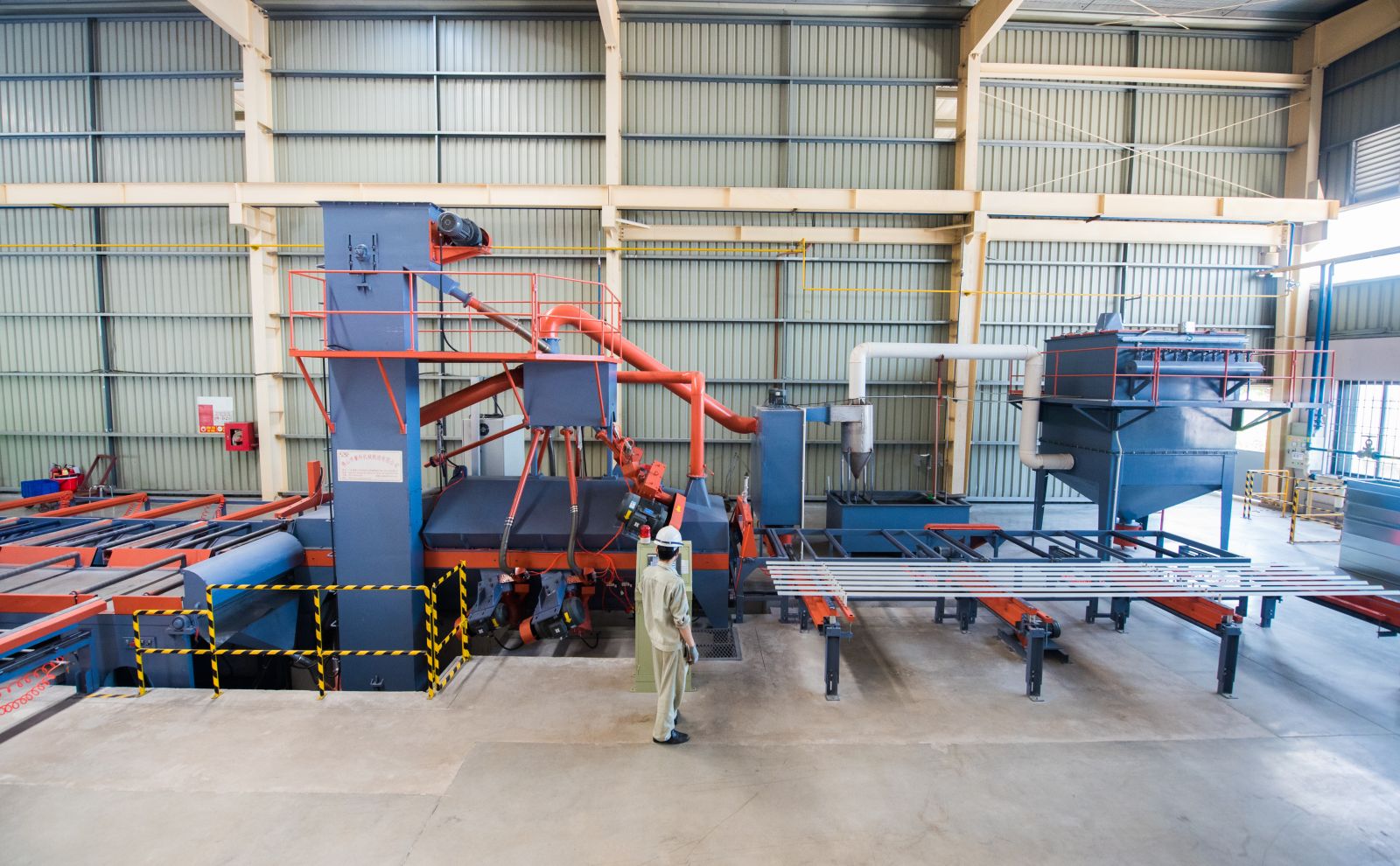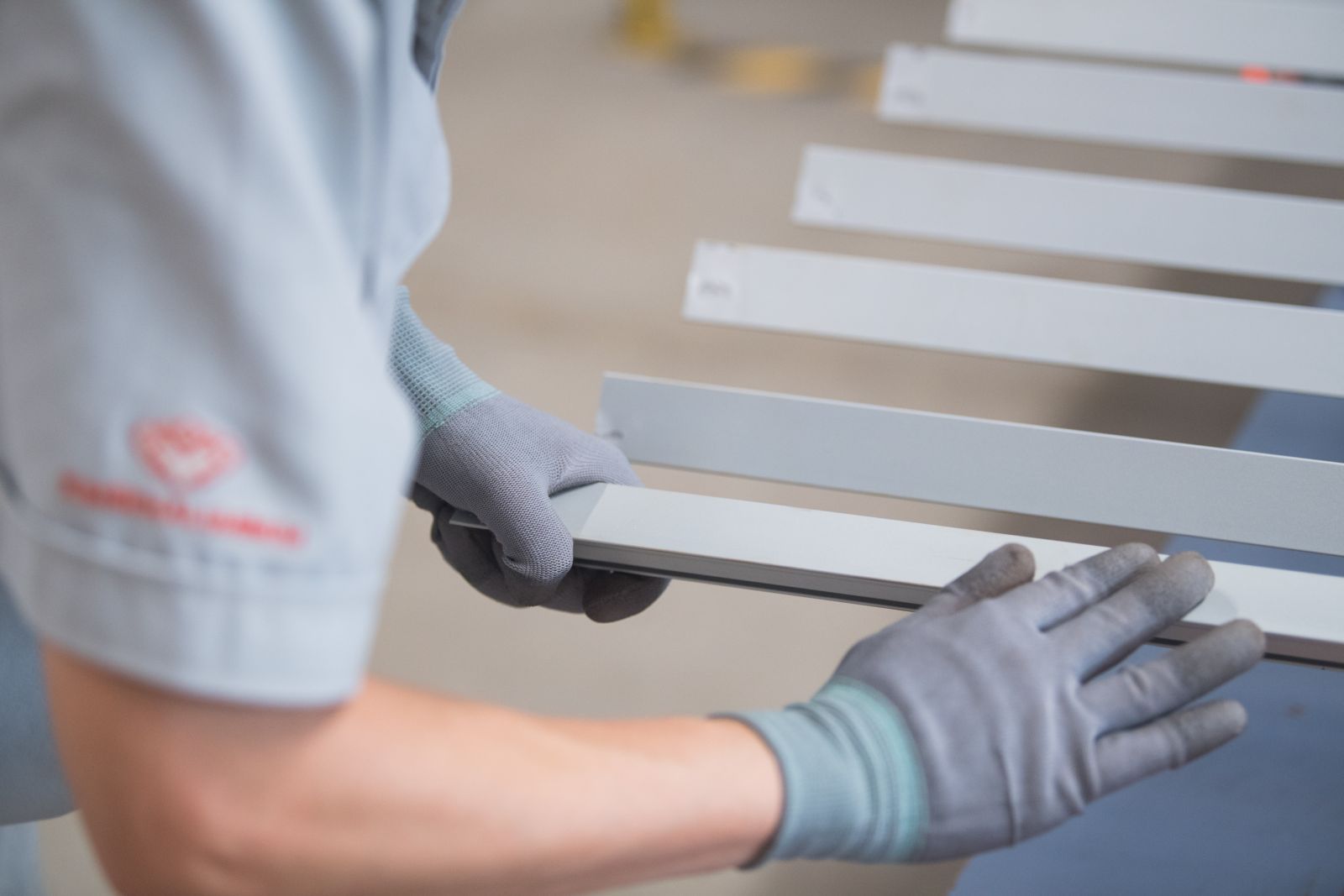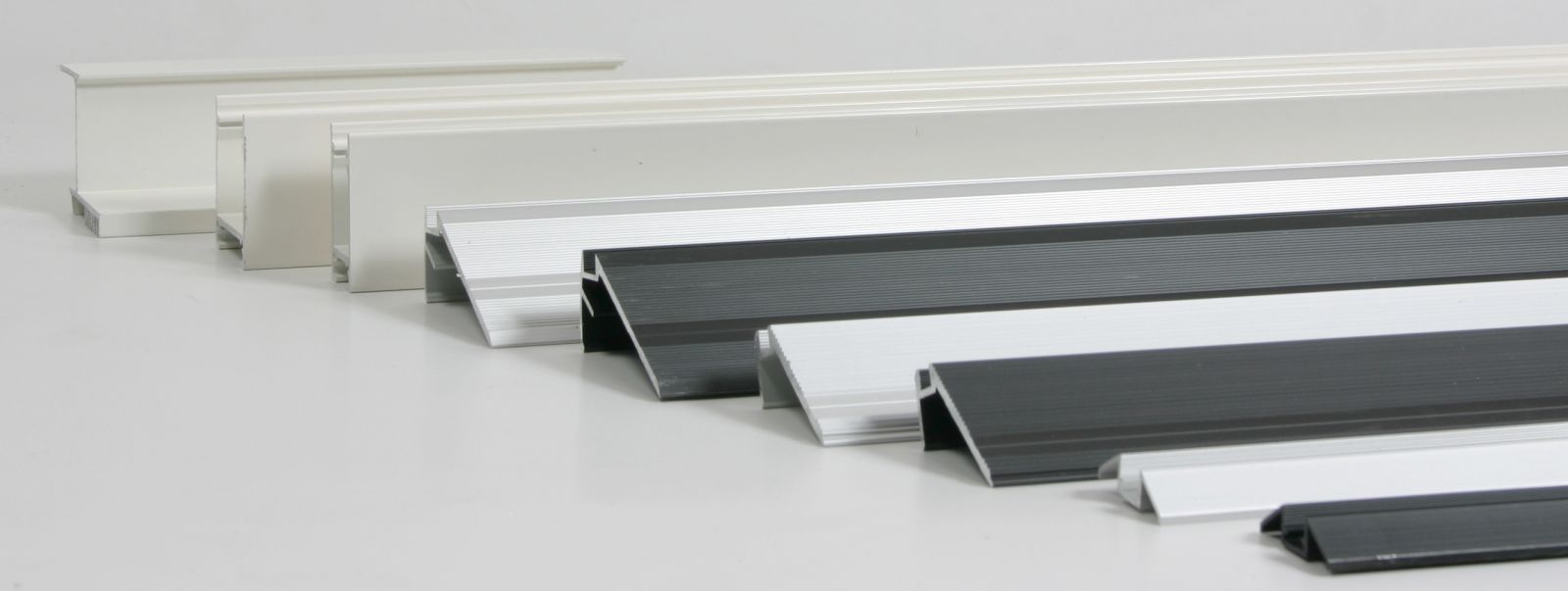Sandblasting - The effective solution for metal surface treatment
Images source: Internet
Overview of Sandblasting
Also known as abrasive blasting, sandblasting is a surface finishing process that involves the use of a powered machine - typically an air compressor as well as a sandblasting machine - to spray abrasive particles under high pressure against a surface. It’s called “sandblasting” because it blasts the surface with particles of sand. As the sand particles strike the surface, they create a smoother and more even texture.
Sandblasting leverages the abrasive properties of sand to create smoother surfaces with fewer physical imperfections and flaws. It’s no secret that sand is rough and gritty. Because of these properties, it’s able to wear away at excess or unwanted material on a surface. The sandpaper, for example, contains many individual particles of sand. When rubbed against a surface, the sand removes some of the top-layer material, thereby creating a smoother texture. Sandblasting works the same way except it involves the use of highly pressurized sand.
How Sandblasting Is Performed?
The first step to performing sandblasting is pouring the sand into the sandblasting machine. Sandblasting machines have a chamber on top in which the sand is poured. The sandblasting machine is then connected to a conventional air compressor that, when activated, propels the sand out through a handheld nozzle. Depending on the settings, the pressure of the sand may be anywhere 50 to 130 pounds per square inch (PSI).
The sand is then “blasted” across the surface, and because of its abrasive properties, the sand is able to create a smoother surface. Concrete, for example, is often sandblasted. After the concrete has been poured and allowed to dry, it’s treated with sandblasting. The process removes some of the excess material on the concrete, which in turn makes it smoother.

Advantages of Sandblasting
- Abrasive action on the surface: The abrasive materials which are being used in the process that have an aggressive action on the surfaces.
- Fit for rough surfaces: The powerful action of the sandblasting process can remove contaminants the tough surfaces like concrete.
- Quick Removal of contaminants: the sandblasting process helps for removing the deposits of the contaminants very quickly the different surfaces.
- Less machinery is involved: Abrasive blasting does not involve the complex machinery for its process.

With modern sandblasting equipment and professional staff, KIMSEN Aluminum is proud to bring high quality products to meet all requirements of customers.
For more information, please contact us via Hotline +84 93 867 6005 or email info@kimsen.vn
KIMSEN INDUSTRIAL CORPORATION
Head Office & Factory: Yen Phong Industrial Park, Yen Phong Dist., Bac Ninh Pro., Vietnam
Hanoi Office: 14th floor, TTC Tower, No. 19 Duy Tan Str., Cau Giay Dist., Hanoi, Vietnam
Hotline: +84 93 867 6005
Email: info@kimsen.vn
*Reference: https://monroeengineering.com/blog/what-is-sandblasting/


 Chia sẻ:
Chia sẻ: